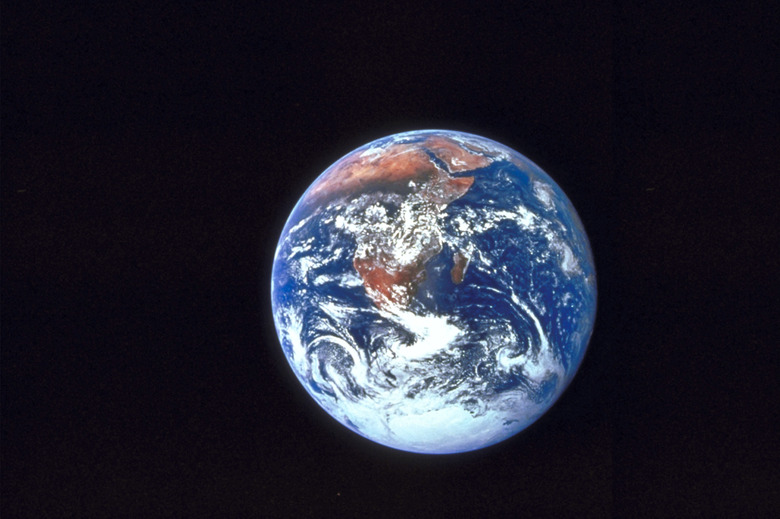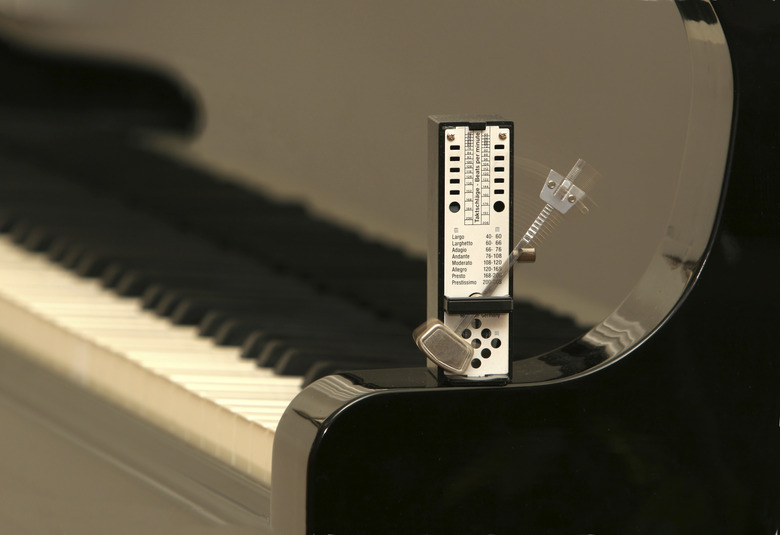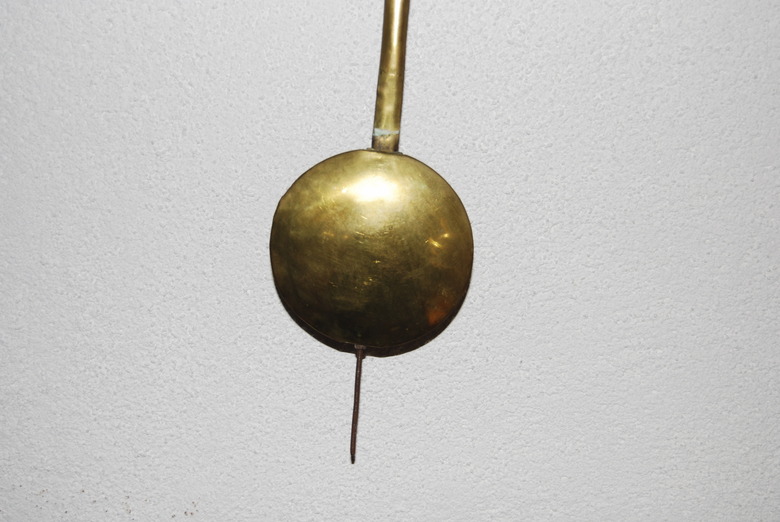Why Does A Pendulum Swing?
Galileo Galilei (1564-1642) first studied why a pendulum swings. His work was the start of the use of measurements to explain fundamental forces.
Christiaan Huygens made use of the regularity of the pendulum to construct the pendulum clock in 1656, which provided an accuracy that up until then hadn't been attained. This new device was accurate to within 15 seconds a day.
Sir Isaac Newton (1642-1727) made use of this early work as he developed the laws of motion. Newton's work in turn led to later developments such as the seismograph for measuring earthquakes.
Features
Features
Pendulums can be used to show that the Earth is round. Pendulums swing with a reliable pattern and operate with the invisible force of gravity, which varies depending on altitude. If the pendulum is directly over the North Pole, the pendulum's movement pattern appears to change in a twenty-four-hour time frame but it doesn't. The Earth rotates while the pendulum stays in the same plane of movement.
There are different ways of constructing pendulums that change the way they swing. Yet, the basic physics behind how they work always remains the same.
Structure
Structure
A simple pendulum can be made with a string and a weight hung from a single point. Other material can be used for the string, such as a rod or wire. The weight, which is called a bob, can be of any weight. Galileo's experiment of dropping two cannon balls of different weights illustrates this. Objects of different mass accelerate under the force of gravity at the same rate.
Function
Function
The science behind the pendulum is explained through the forces of gravity and inertia.
The Earth's gravity attracts the pendulum. When the pendulum is hanging still, the wire and weight are straight and at a 90-degree angle to the Earth as gravity pulls the string and the weight to the Earth. Inertia causes the pendulum to stay at rest unless a force causes it to move.
When the wire and weight are moved in a straight motion, the weight and wire are acting under inertia. This means that since the pendulum is now in motion, it keeps moving, unless there is a force that acts to make it stop.
Gravity works on the pendulum while it is moving. The moving force becomes less as the force of gravity acts on the pendulum. The pendulum slows and then returns to the starting point. This swinging-back-and-forth force continues until the force that started the movement is not stronger than gravity, and then the pendulum is at rest again.
Gravity isn't pulling the pendulum back to return to the beginning point along the same path. The force of gravity is pulling the pendulum down toward the Earth.
Other forces act in opposition to the force of the moving pendulum. These forces are air resistance (friction in the air), atmospheric pressure (an atmosphere at sea level, which lessens at higher altitudes) and friction at the point where the top of the wire is connected.
Considerations
Considerations
Newton wrote in 1667, in Principia Mathematica, that due to the Earth being elliptical, gravity exerts a different level of influence at different latitudes.
Misconceptions
Misconceptions
When he studied the pendulum, Galileo discovered that it would swing on a regular basis. Its swing, called its period, could be measured. The length of the wire in general didn't change the period of the pendulum.
However, later, as mechanical devices were developed, such as the pendulum clock, it was found that the length of the pendulum does change the period. Temperature changes result in a slight change in the length of the rod, with the result being a change in the period.
Cite This Article
MLA
Reinbold, Joan. "Why Does A Pendulum Swing?" sciencing.com, https://www.sciencing.com/pendulum-swing-5280650/. 24 April 2017.
APA
Reinbold, Joan. (2017, April 24). Why Does A Pendulum Swing?. sciencing.com. Retrieved from https://www.sciencing.com/pendulum-swing-5280650/
Chicago
Reinbold, Joan. Why Does A Pendulum Swing? last modified March 24, 2022. https://www.sciencing.com/pendulum-swing-5280650/





